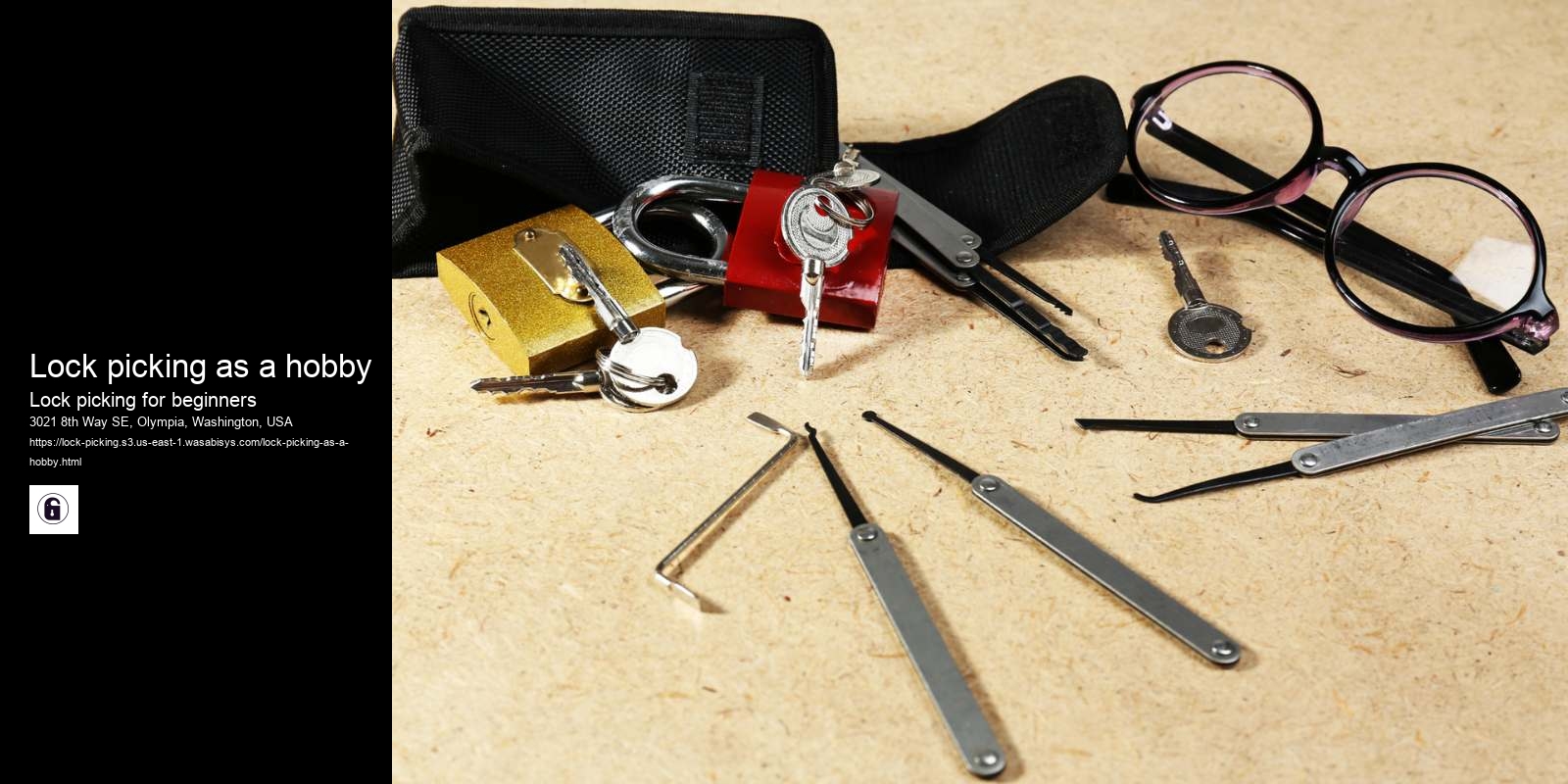How does a combination padlock work?
While most locks can be picked with the right tools, knowledge, and skill, not all locks can be picked. High-security locks, such as those used in banks and government buildings, are designed to be more resistant to picking, and may incorporate features such as multiple sets of pins or discs, false gates, or other mechanisms that make them more difficult to manipulate.
Electronic locks, such as those that use keycards or biometric readers, can also be more challenging to pick, as they often rely on complex algorithms or proprietary technology to control access. In some cases, picking an electronic lock may be impossible without specialized knowledge or equipment.
In addition to high-security and electronic locks, some locks may be designed to be pick-resistant, meaning that they are intentionally designed to be difficult or impossible to pick. These locks may incorporate features such as unconventional pin shapes, serrated pins, or rotating disks that make them more difficult to manipulate.
However, it is worth noting that even if a lock is considered to be pick-resistant, it may still be vulnerable to other forms of attack, such as drilling, bumping, or picking the lock's housing rather than the internal mechanism. In general, the effectiveness of a lock's security depends on a variety of factors, including its design, construction, installation, and maintenance, as well as the skill and motivation of the attacker.


